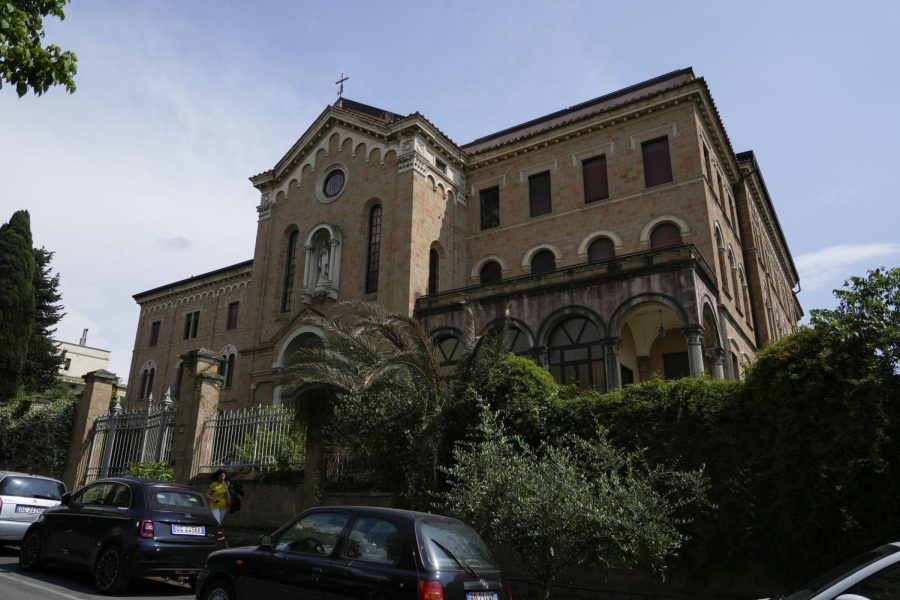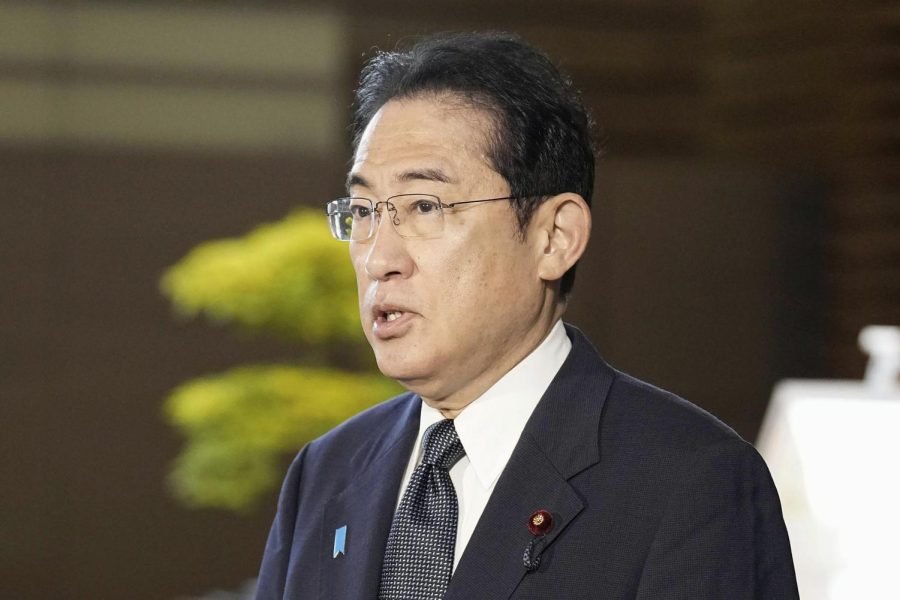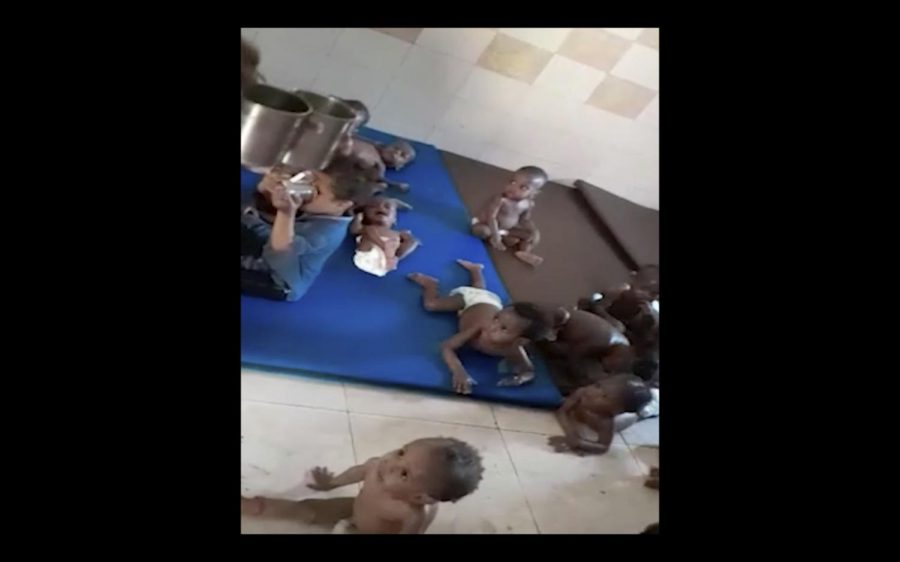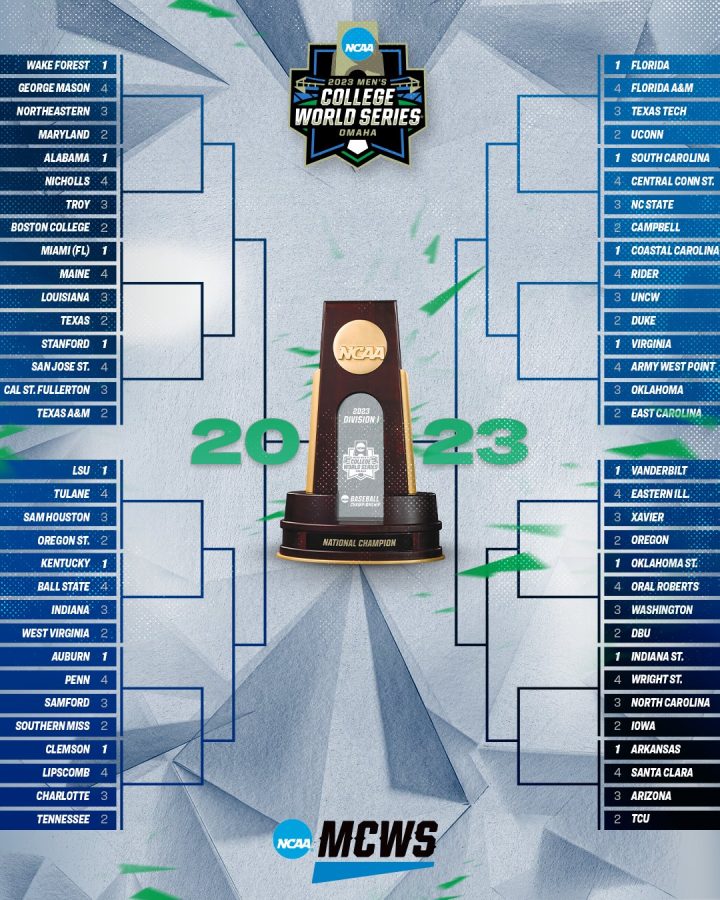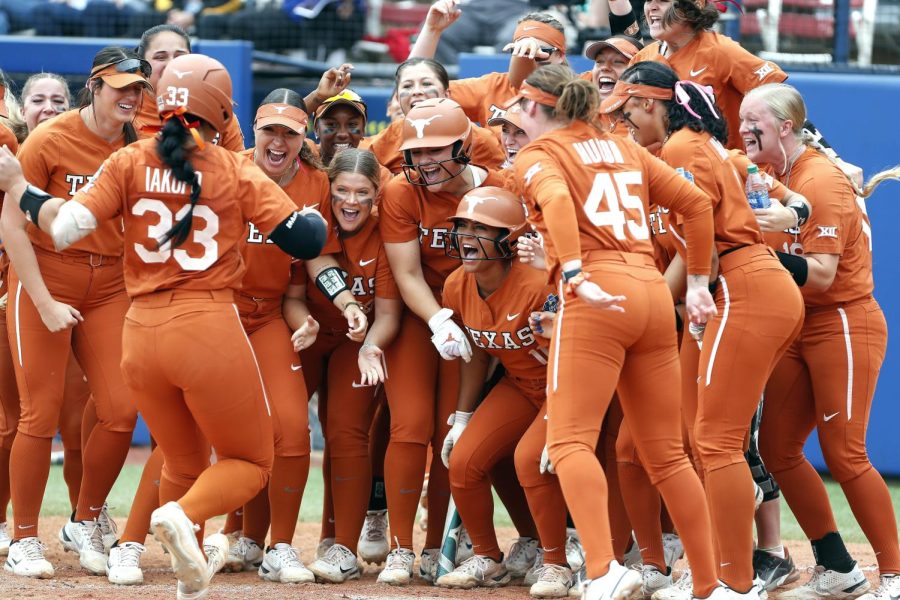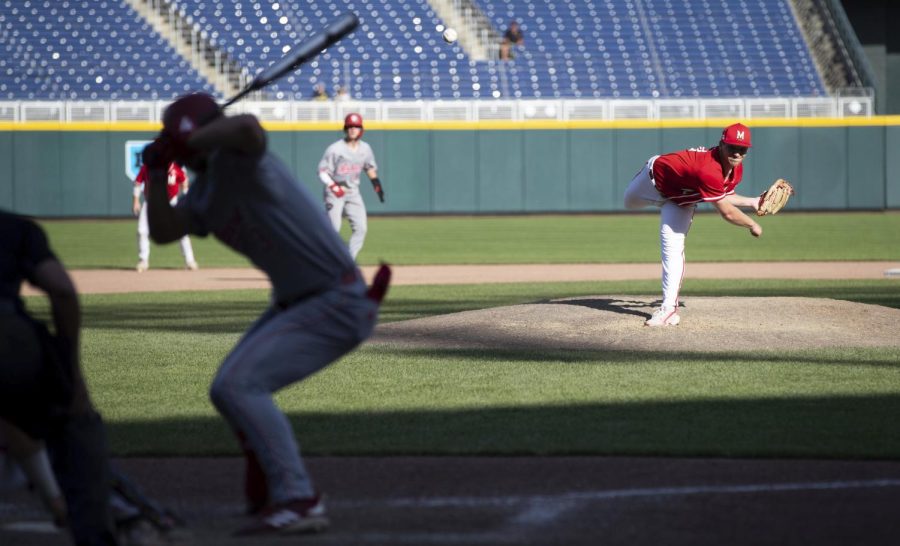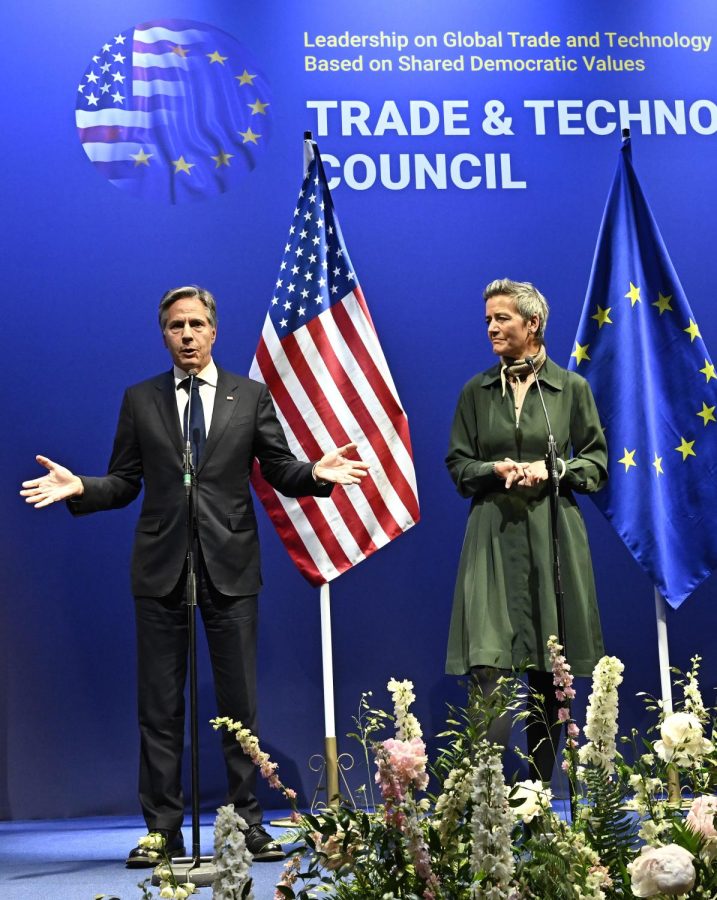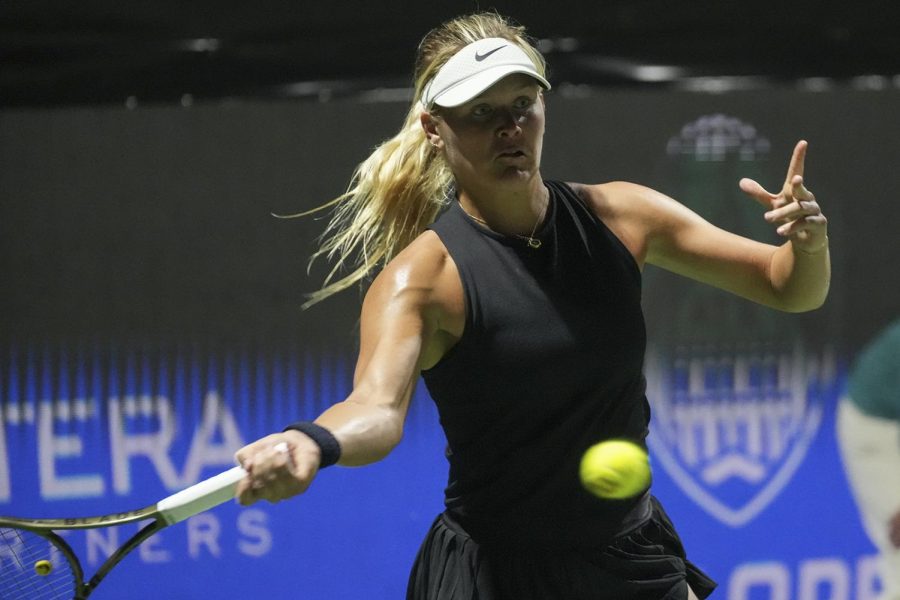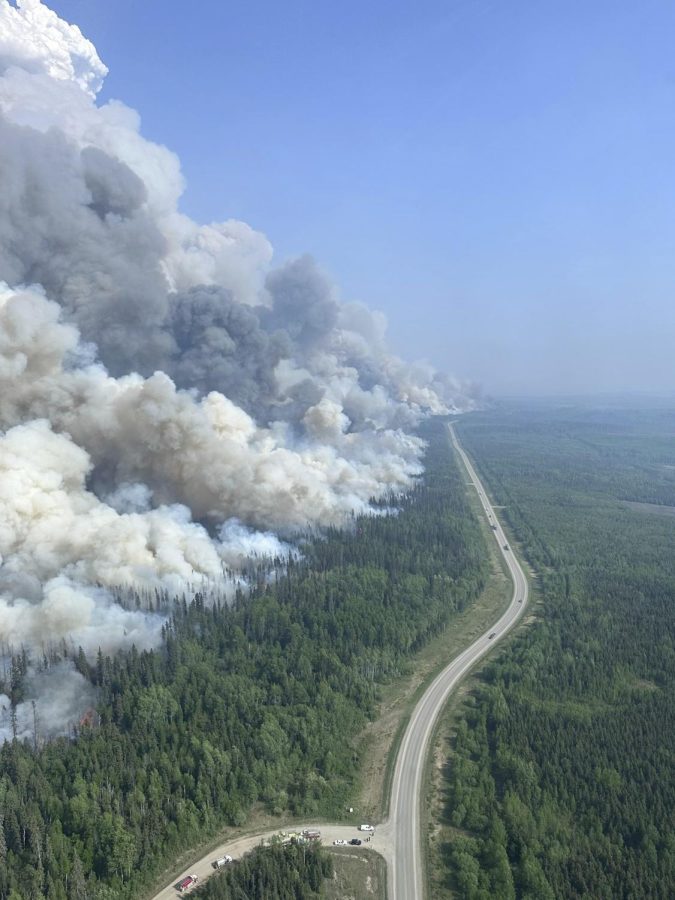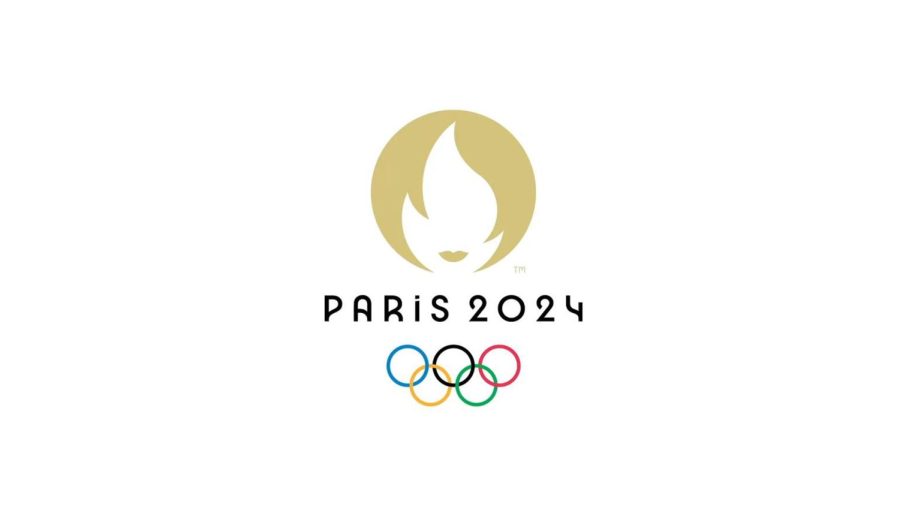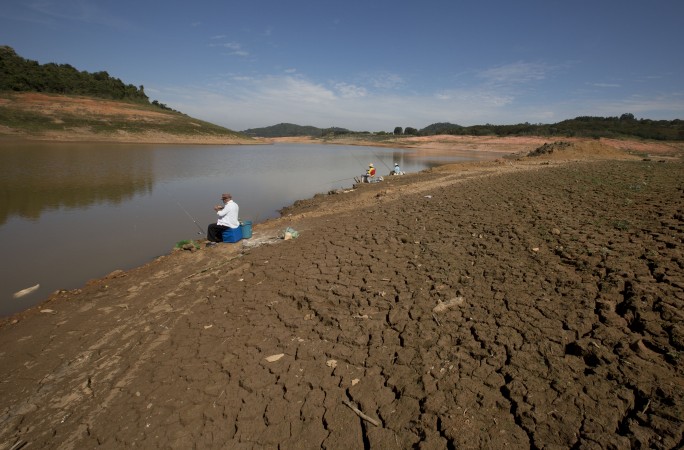
ADRIANA GOMEZ LICON
Associated Press
SAO PAULO — As if Brazil did not have enough to deal with as the World Cup approaches, the worst drought in more than 80 years is hitting the country’s largest city just as it prepares for the tens of thousands of foreigners expected at the tournament opener.
The hotel industry says tourist areas at Sao Paulo’s lower elevations should not be affected by the water shortage. Many places where Cup visitors will stay have contracts with private companies to supply water if cuts occur, said Bruno Hideo Omori, president of the Brazilian Hotel Industry Association in Sao Paulo state.
“They have contingency plans and are very prepared to deal with emergencies,” he said.
But residents of Sao Paulo’s poorer neighborhoods are convinced that the government is rationing their water to ensure that cuts are not made in the wealthier areas expecting a flood of visitors for the June 12 open of international soccer’s premier tournament.
The poorer areas, many on the city outskirts or at higher elevations, are unquestionably the most affected when Sao Paulo state’s local water company reduces water pressure as a conservation method throughout the system during off-peak hours, between 10 p.m. and 5 a.m. Some poorer satellite cities around Sao Paulo have suffered cuts every other day since March.
“Water stops running when night falls. There’s a lack of water, and the government won’t admit it,” said Luis Henrique Oseliero, who manages and lives in an apartment building in a working-class neighborhood in west Sao Paulo. “They are doing it in these areas because they know it’s not where tourists will stay.”
The state government’s water utility acknowledges that areas at higher altitudes or farthest from the reservoir could suffer interruptions in water service. But it denies the suspicions of people living in poorer neighborhoods that their water is being rationed.
“There is no rationing or restriction of water consumption in any of the 365 municipalities served by our company,” the Basic Sanitation Company of the State of Sao Paulo said in an emailed statement. “(The Basic Sanitation Company) invested heavily in measures to increase the security of water supply in the metropolitan region of Sao Paulo, and these investments are more than enough to meet the extra demand during the World Cup.”
Sao Paulo’s water shortage is the result of insufficient rain this year, with levels at Sao Paulo’s main reservoir supplying freshwater to 9 million people, dipping lower than ever before.
In a normal year, torrential rains shower Sao Paulo, channeling water through rivers down the hills to the north. But this year, only a third of the usual rain arrived, with 9 inches falling during the December to February wet season.
The sanitation company recently started pumping water from underneath the gates of the reservoir’s dams, which they say should provide a four-month supply. The state is also diverting water from other basins around Sao Paulo.
But at Jaguari dam, part of Sao Paulo’s main reservoir, mud cracks are growing and spreading. The system of dams Jaguari belongs to saw levels drop below 9 percent before the state government began pumping from the bottom to bring up more water and channel it to the city.
Experts say what Sao Paulo really needs is rain, and without it, rationing will be necessary.
The Weather Channel’s long term forecast for Sao Paulo calls for a 20 percent or less chance of rain for most of the next 10 days, with a 70 percent chance of precipitation on just one day.
The longer rationing measures are delayed, the more extreme they will be, said Jose Carlos Mierzwa, a University of Sao Paulo professor who focuses on sanitary engineering.
“The government needs to resort to rationing,” he said. “The levels keep dropping, and it is becoming more and more critical.”





